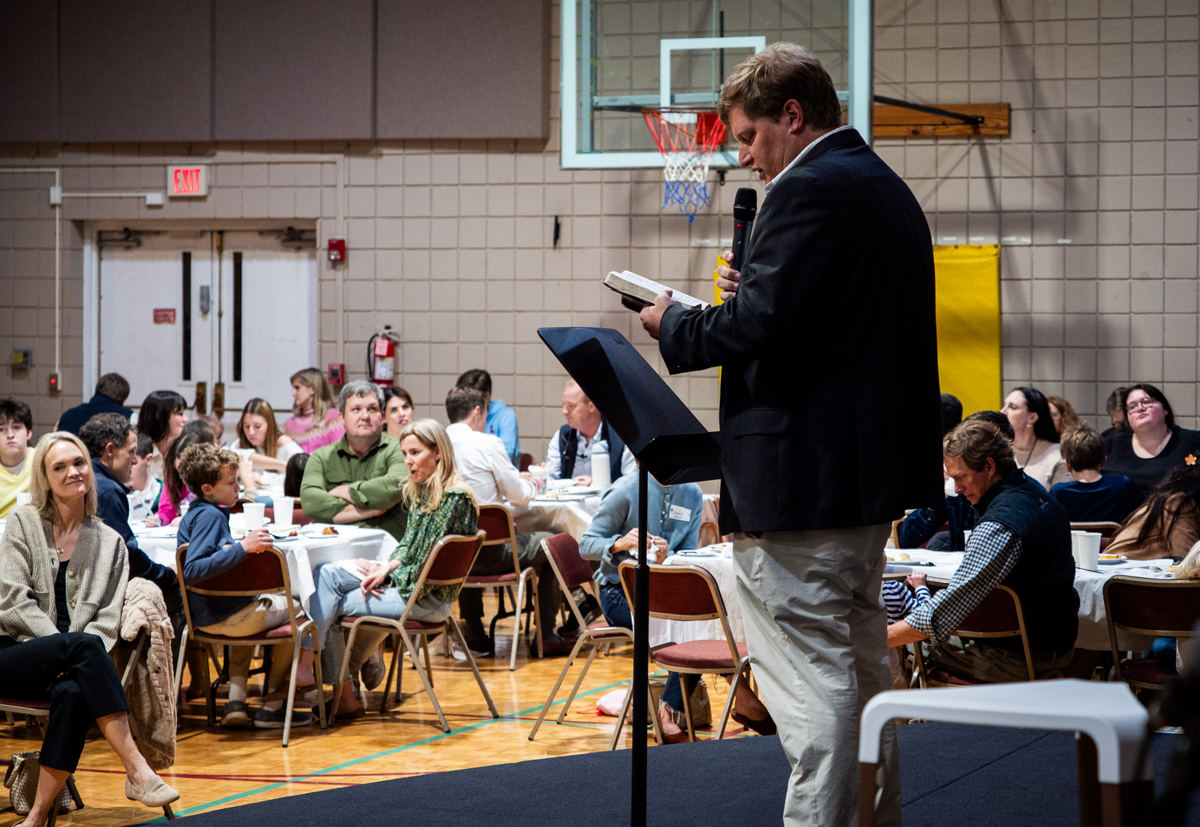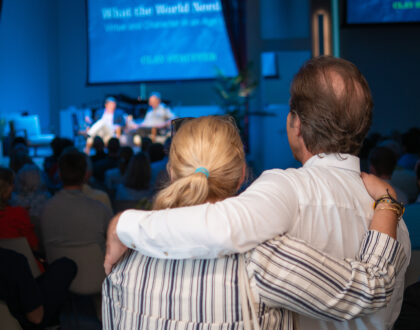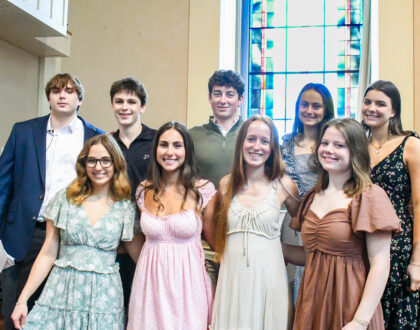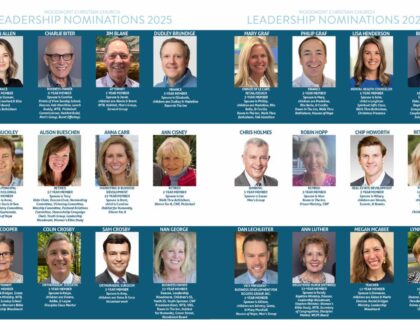Gratitude & Happiness are Always a Choice

As we enter Thanksgiving week and the Advent season, we must recognize that both gratitude and happiness are intentional choices that we make. We cannot wait for others to bring it to us, or we will be severely disappointed. In our world, most people are always longing for something more, bigger, and better. Thanksgiving and Christmas are the perfect time to stop, reflect, and fully appreciate the blessings we currently have even when life isn’t perfect.
Every human being seeks happiness, but it remains fleeting and elusive. It comes and goes. One day we are up, the next day we’re down. One day we are on top of the world, the next day, the world has run us over. Many factors are out of our control. Our founding fathers once said that we have a God-given right to life, liberty, and the “pursuit” of happiness. Everybody decides to enter this pursuit very differently.
In his classic book The Happiness Hypothesis, social psychologist Jonathan Haidt identifies three different theories of human happiness. The first theory is the “progress principle” which says happiness comes from success and acquisition. This is the principle that dominates our consumer culture. We feel that we will be happier if we made more money, bought a nicer car, a bigger house, or more toys. However, the author of Ecclesiastes figured out just how disappointing this mindset can be when he writes: “Then I considered all that my hands had done and the toil I had spent in doing it, and again, all was vanity and chasing after the wind.” (Ecc 2:11) Time and time again, we find that the person with the most toys and money is still unhappy and discontent.
The second theory is most common in Buddhism and other Eastern religions. “Buddha, Epictetus, and many other sages saw the futility of the rat race and urged people to quit. They proposed a particular happiness hypothesis: Happiness comes from within and it cannot be found by making the world conform to your desires.” The goal here is to move away from desire and attachment because it inevitably leads to suffering. Meditation, contemplation, journaling, and prayer are common ways to achieve this. This approach involves trying to not control the uncontrollable. There is great wisdom here. This theory also recognizes the shallowness and superficiality of our materialistic culture. We can always find something newer, shinier, and better to buy.
Haidt ultimately concludes that both theories are inadequate, so he proposes a third theory that is most convincing: happiness in life comes from between. “Happiness is not something that you can find, acquire, or achieve directly: you have to get the conditions right and then wait.” The conditions to which he is referring have to do with relationships: “relationships between yourself and others, between yourself and your work, and between yourself and something larger than yourself.”
Once we are able to get these relationships right, happiness will follow. However, in the process, certain factors will make this difficult. The Dalai Lama and Desmund Tutu identified these as “obstacles to joy” that every human being must navigate: stress and anxiety, frustration and anger, sadness and grief, loneliness and despair, envy and jealousy, suffering and adversity, illness and the fear of dying. Being aware of these things is important. They must be replaced with perspective, humility, humor, acceptance, forgiveness , gratitude, compassion, and generosity. For Jesus, the heart of gratitude and happiness is love, compassion, and living the golden rule. If we can do this, our relationships in life will thrive and bring meaning.
Happy Thanksgiving to all!
Recommended Posts

Healing, Growth, & Renewal Over Time
May 30, 2025

Values for Our Graduates
May 20, 2025

Leading in the Church
May 16, 2025

